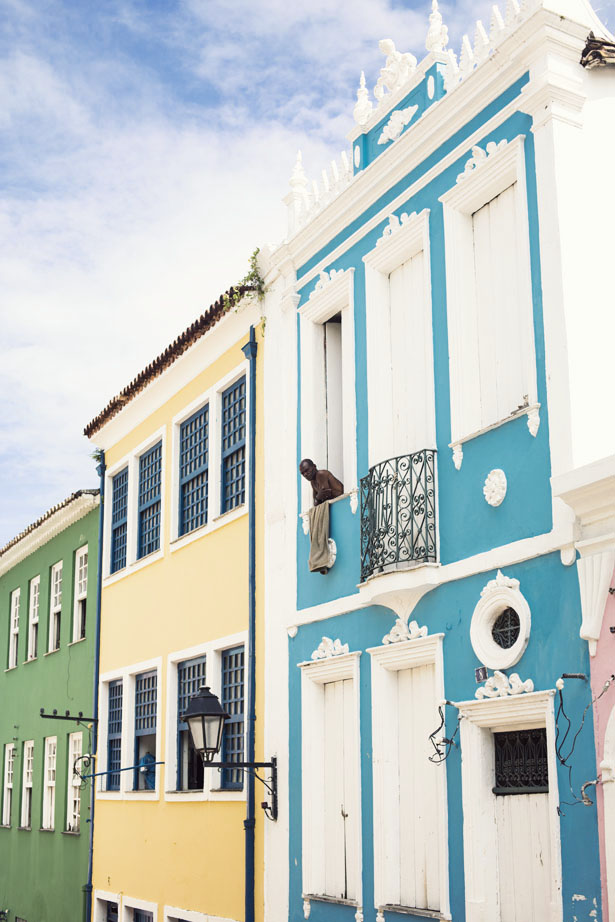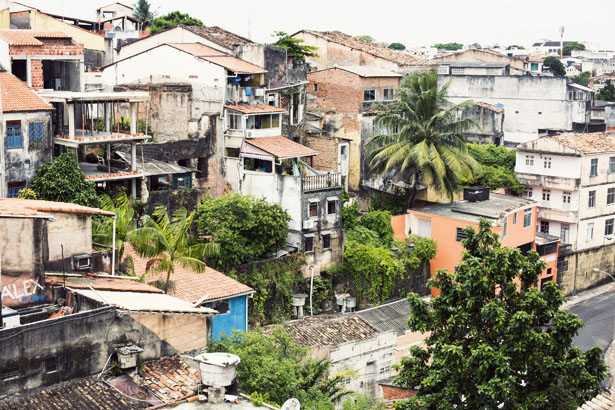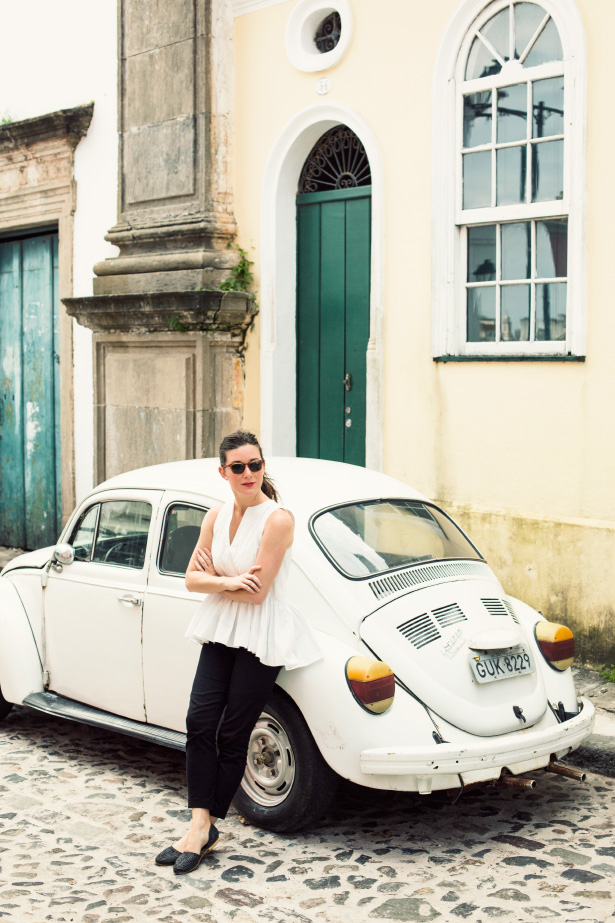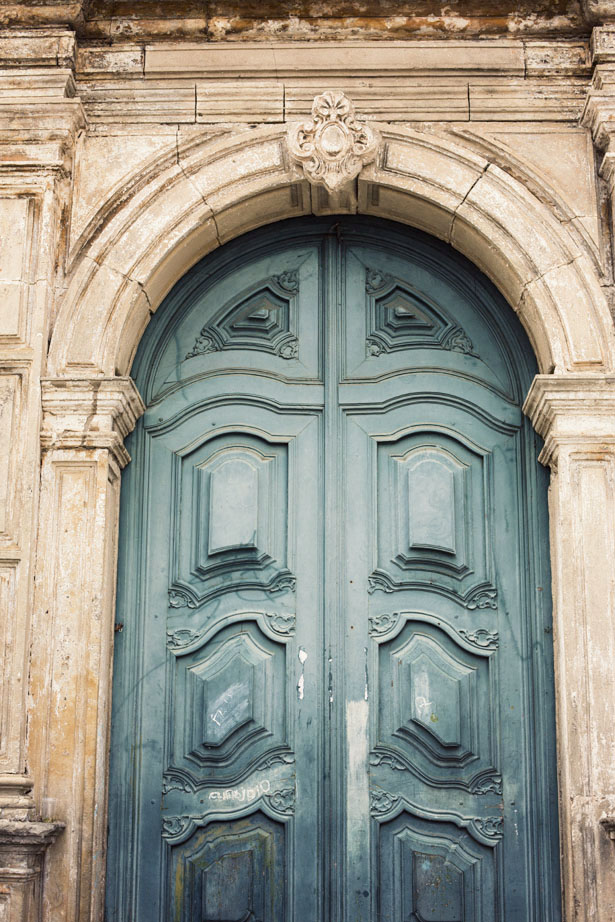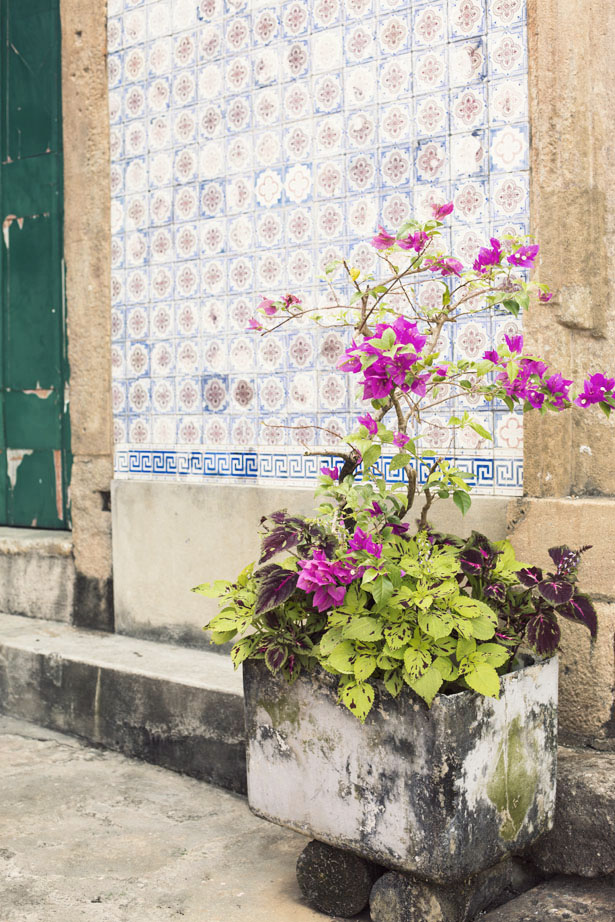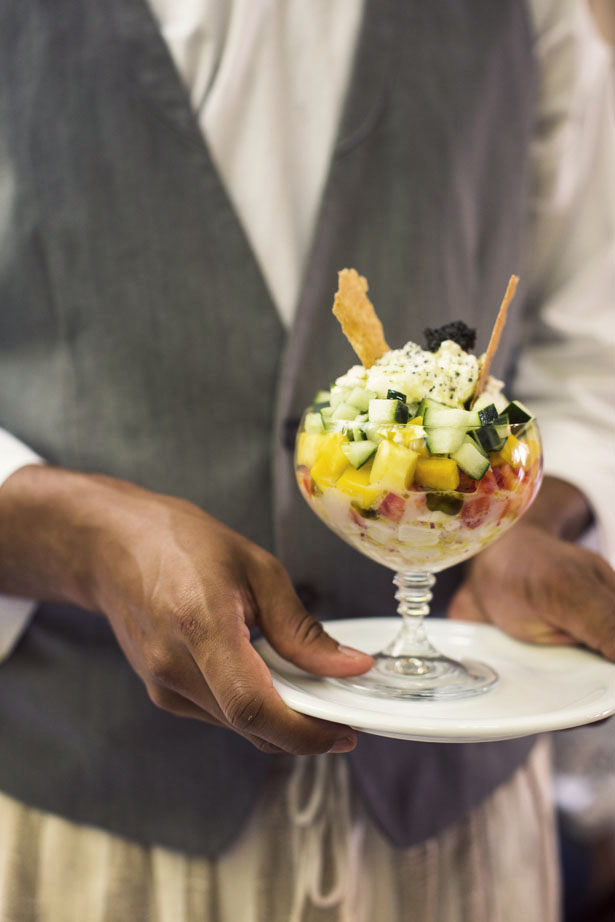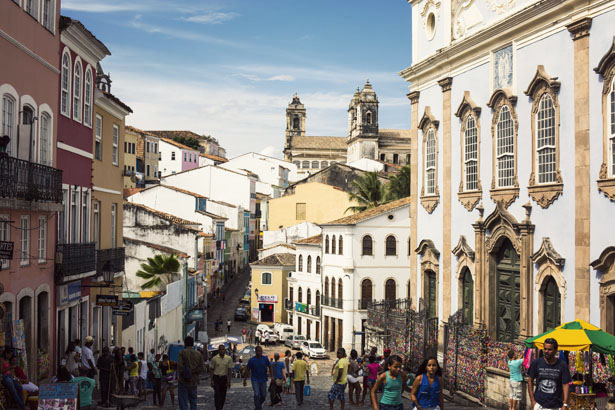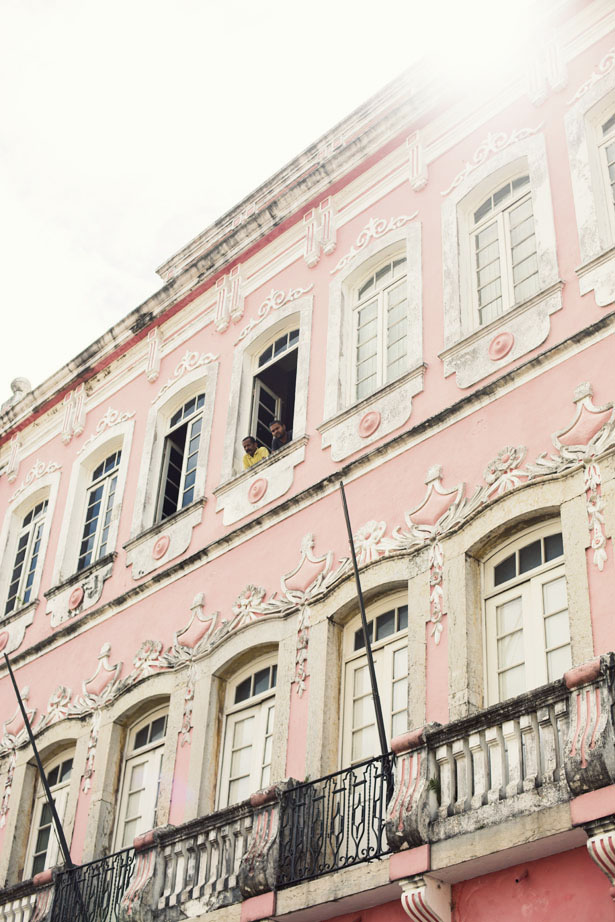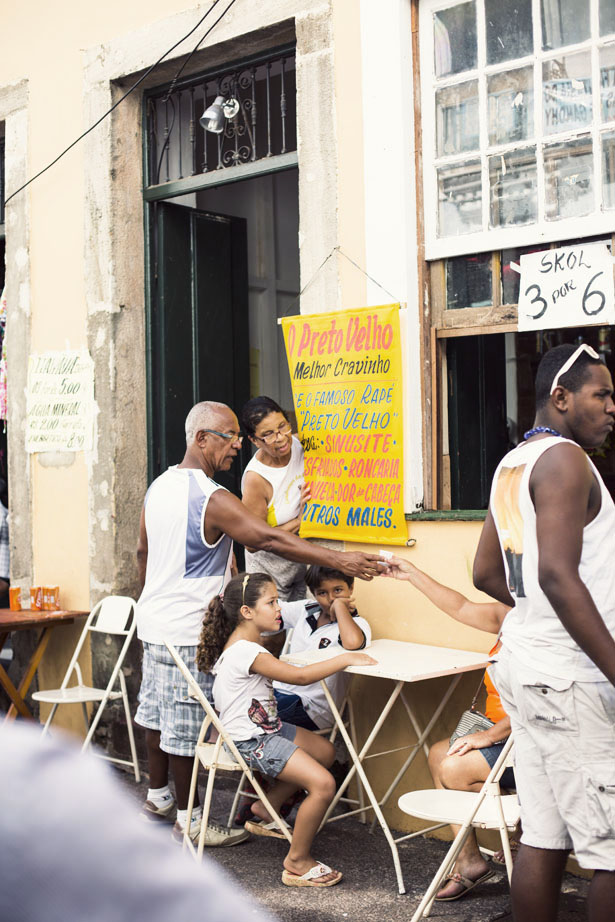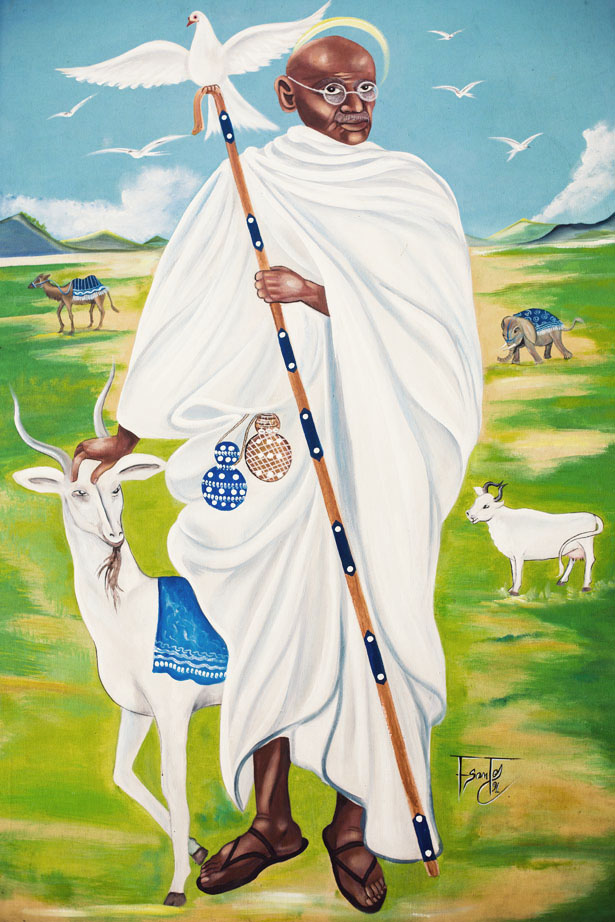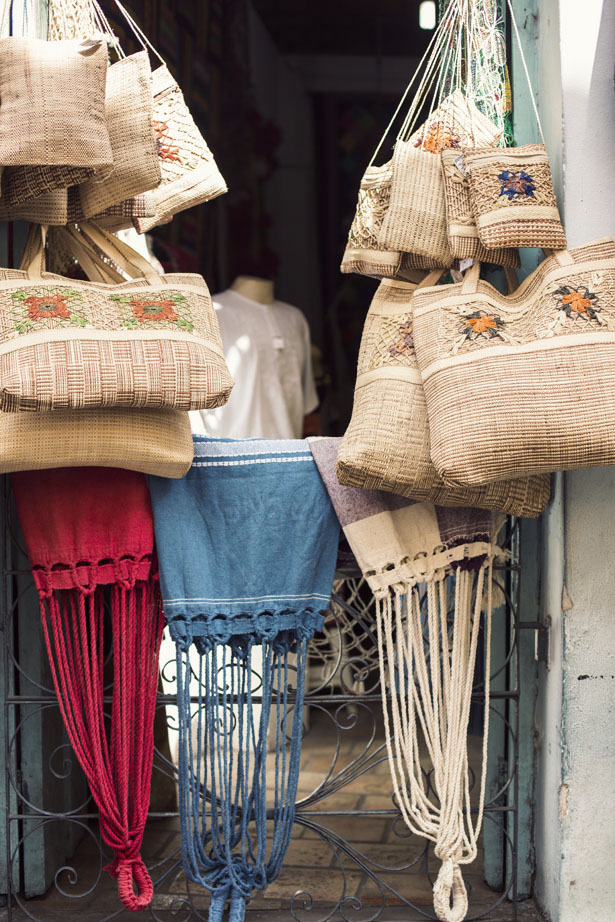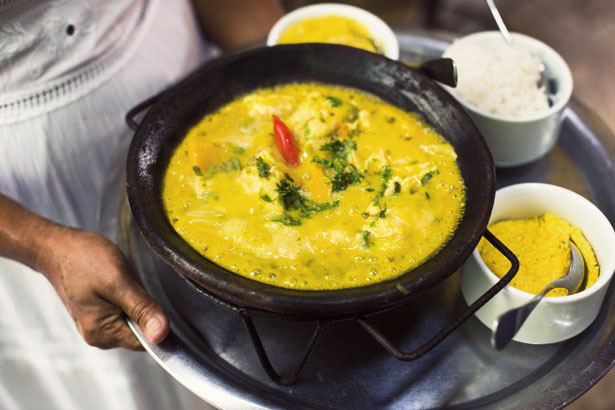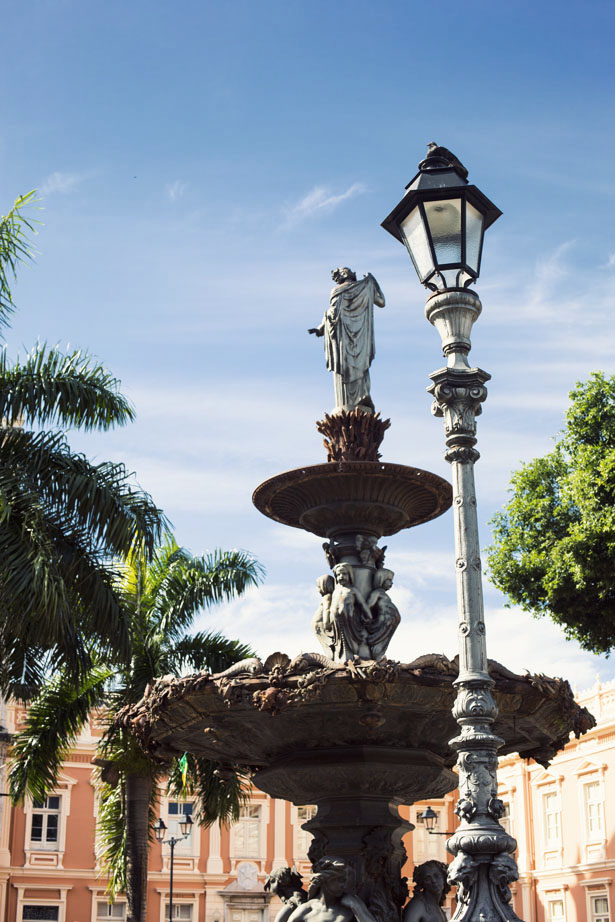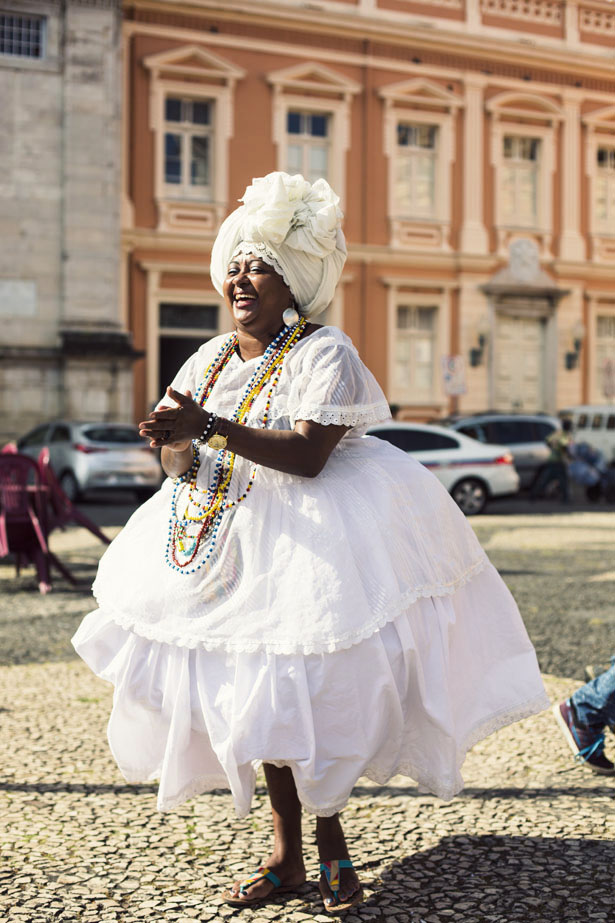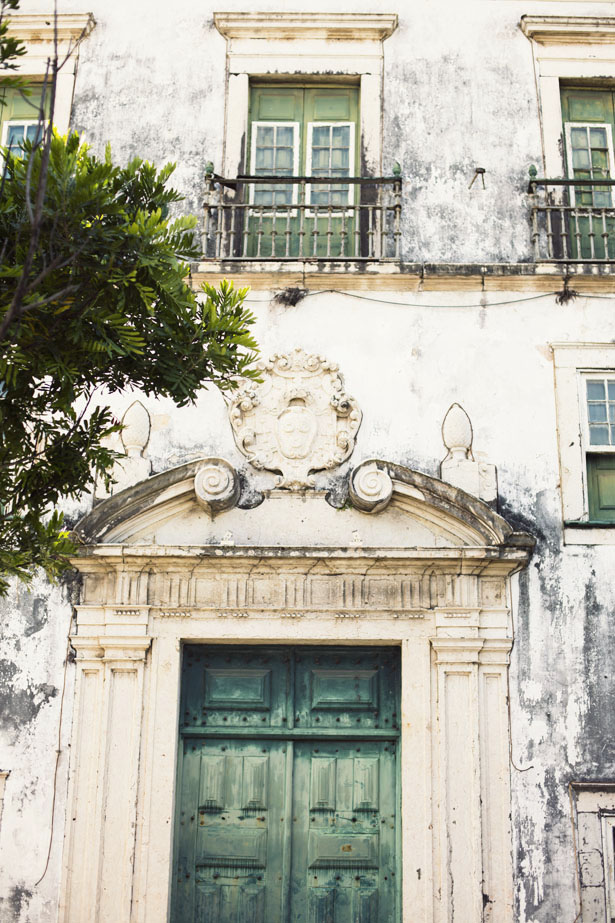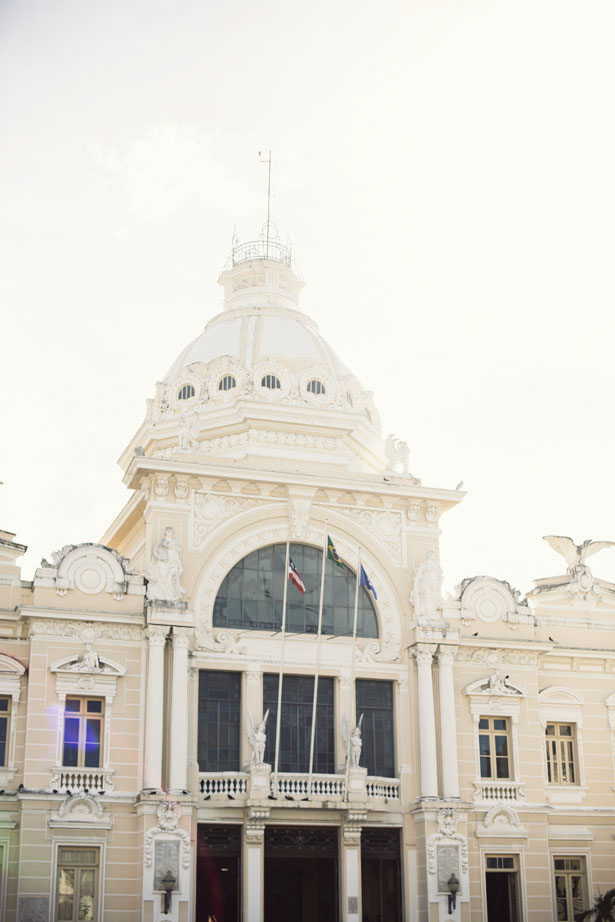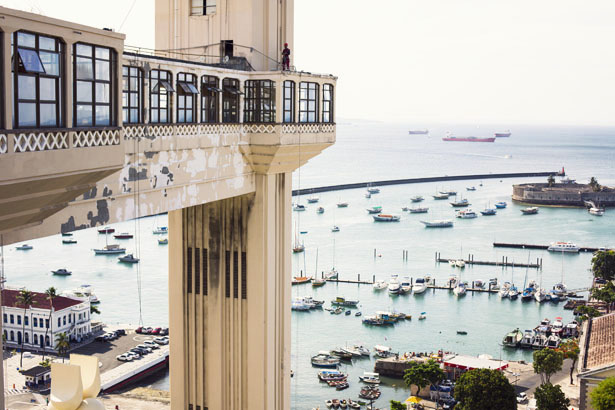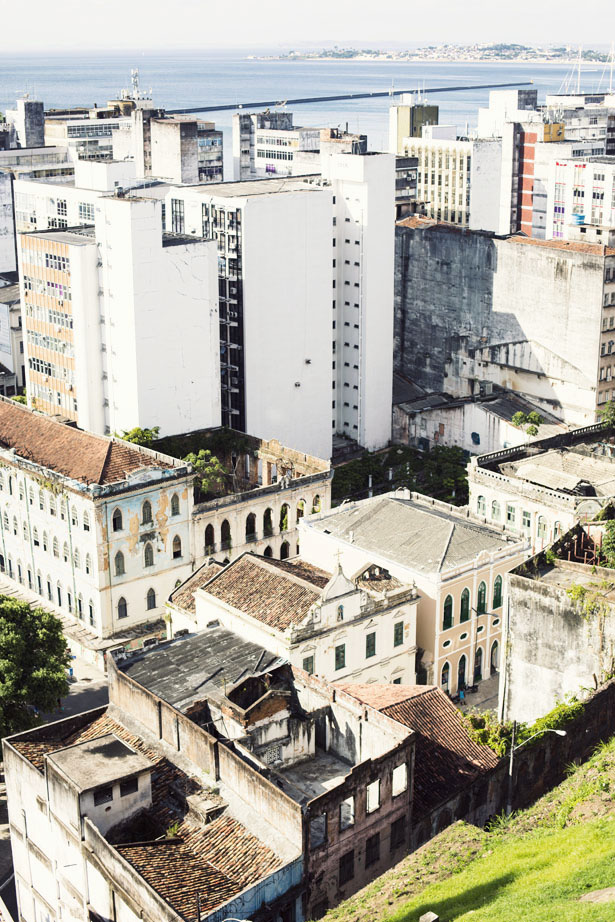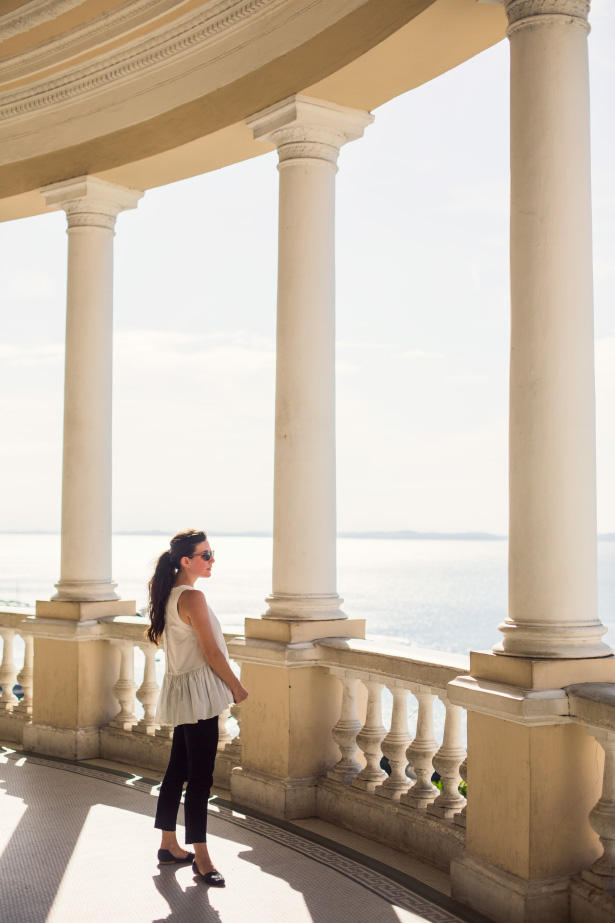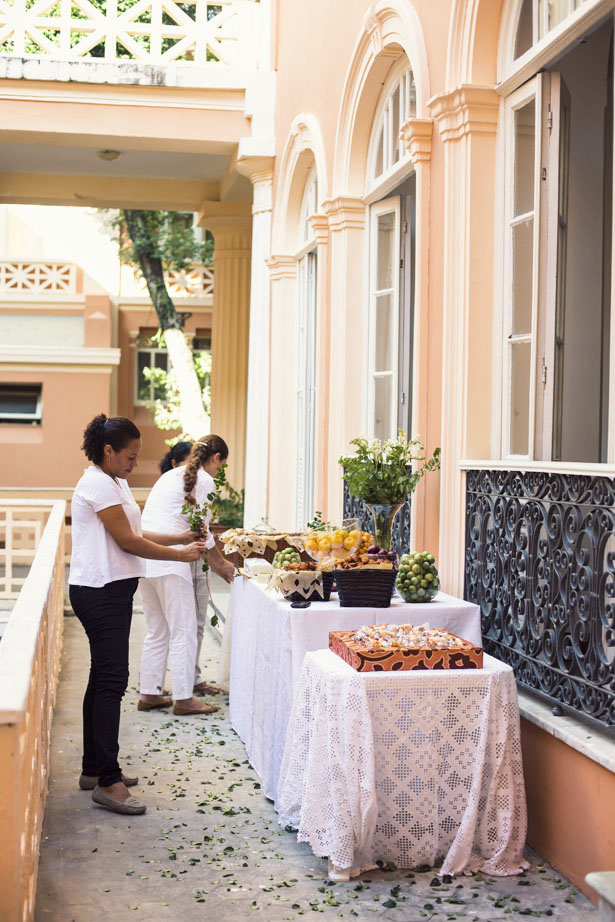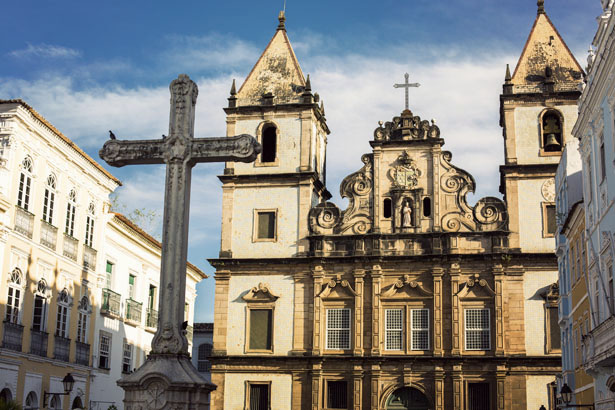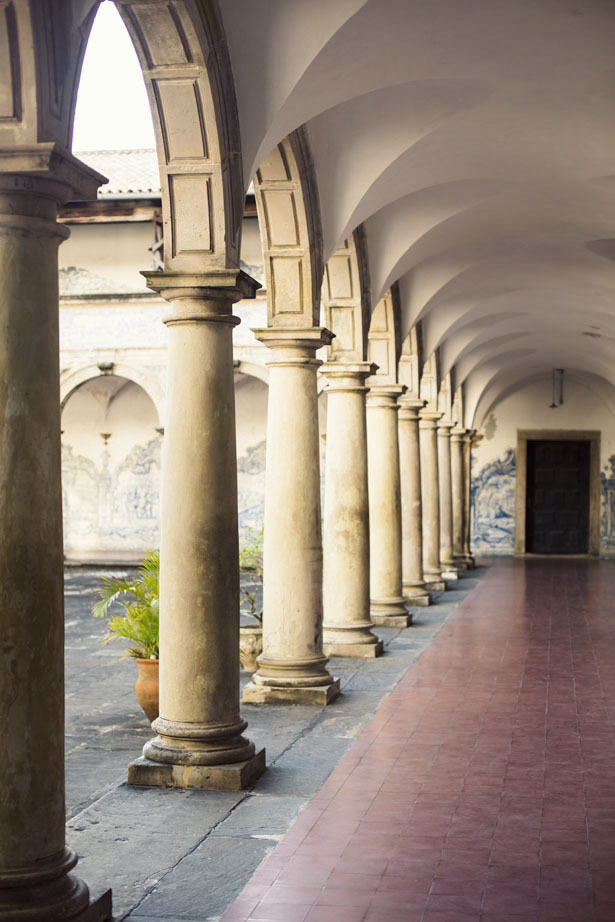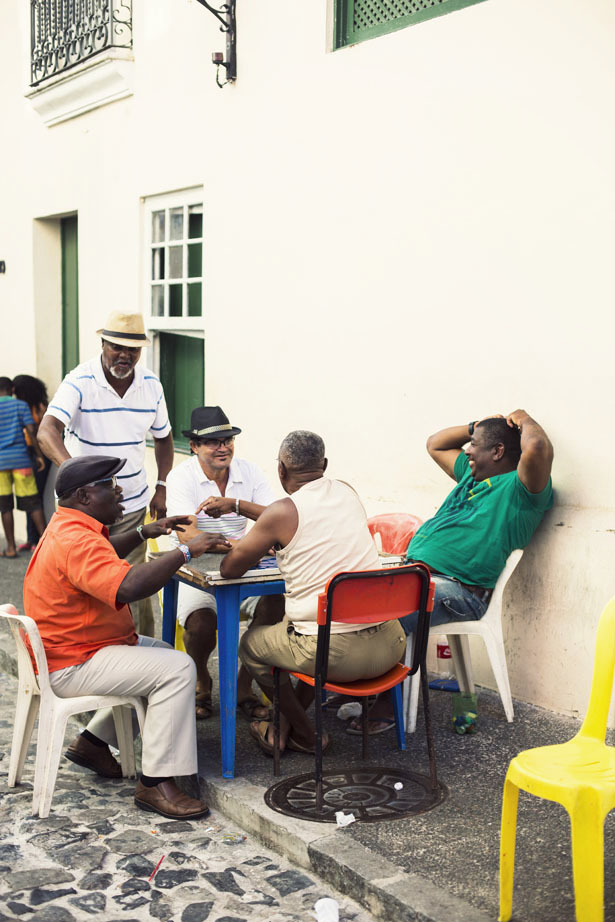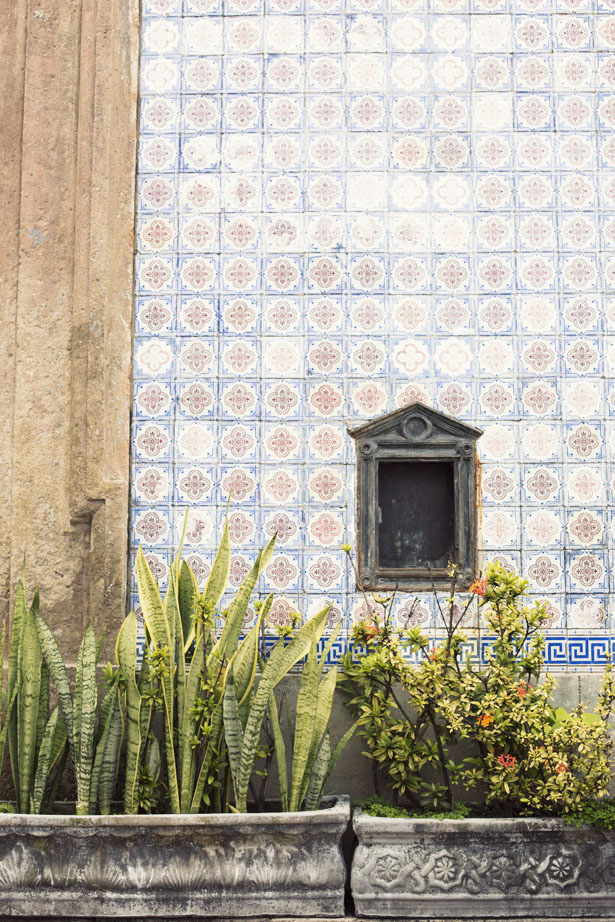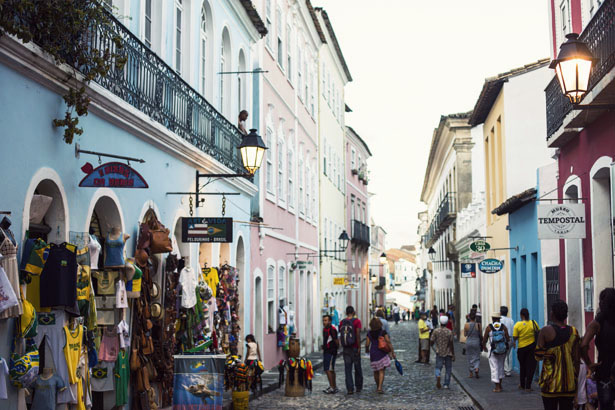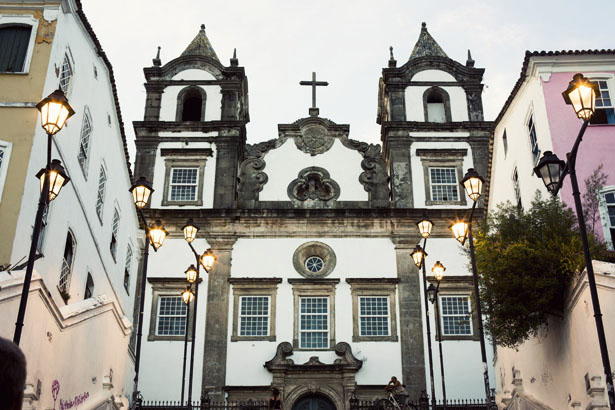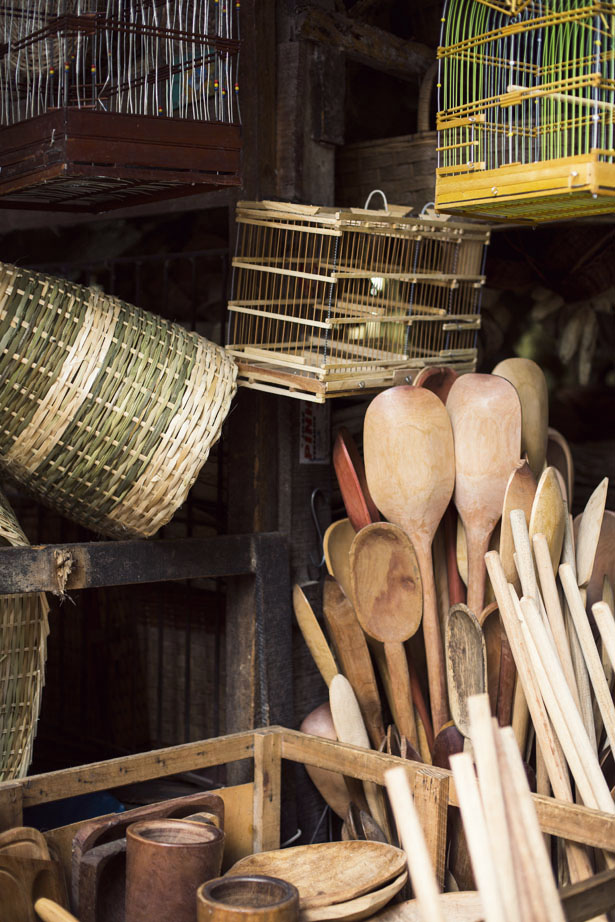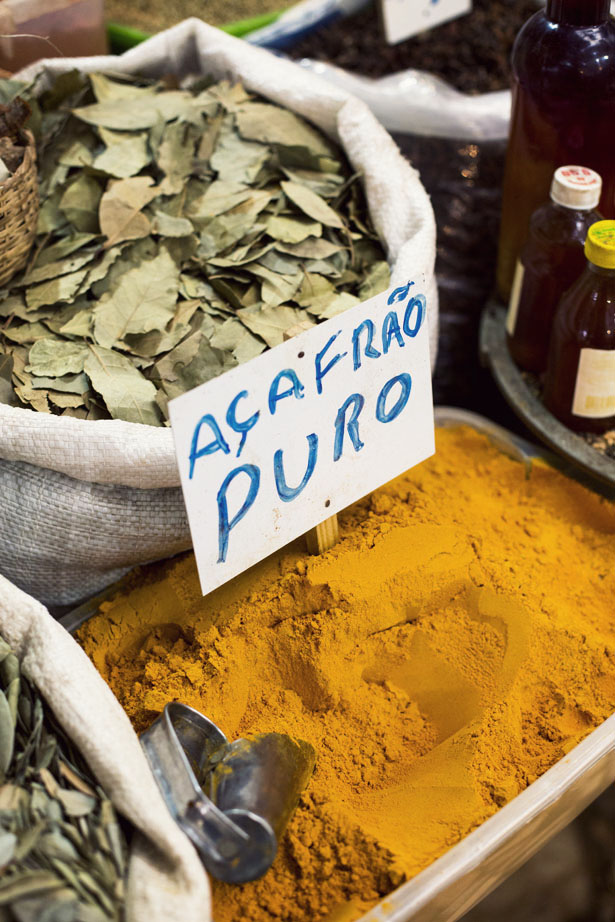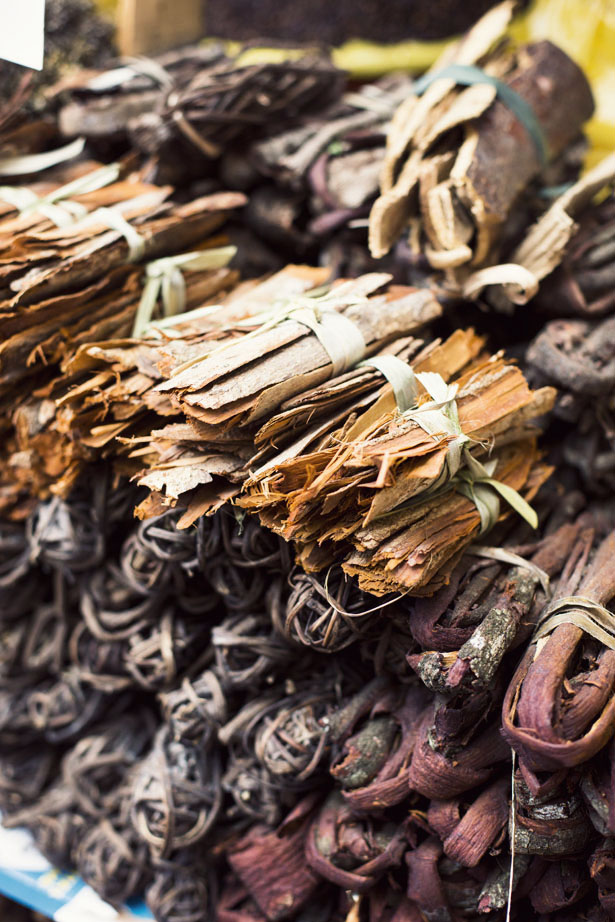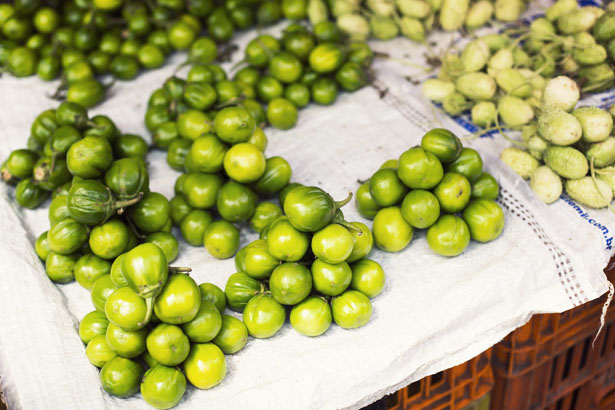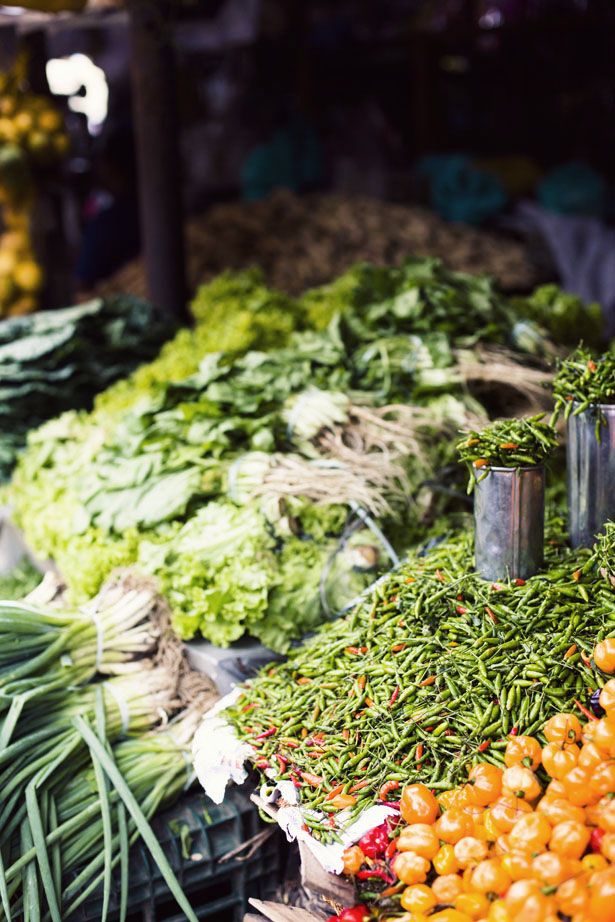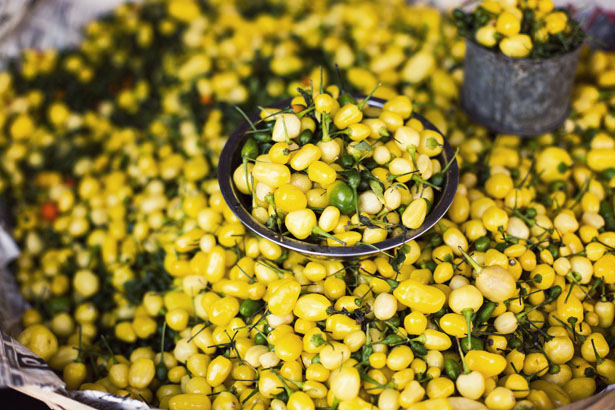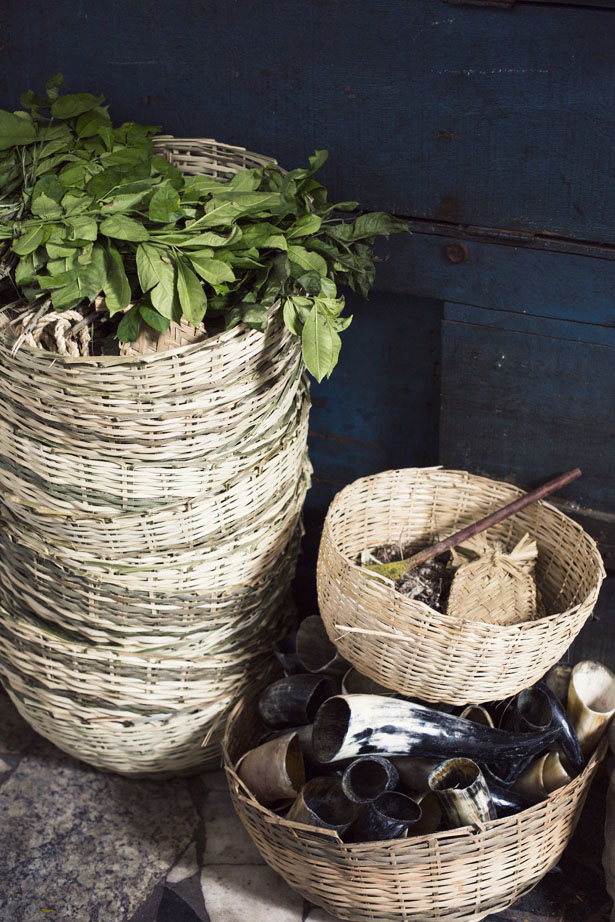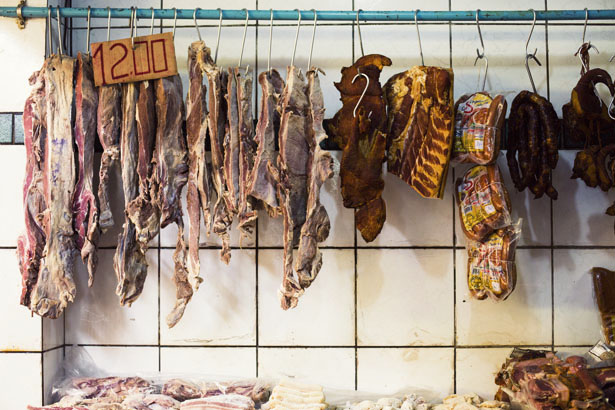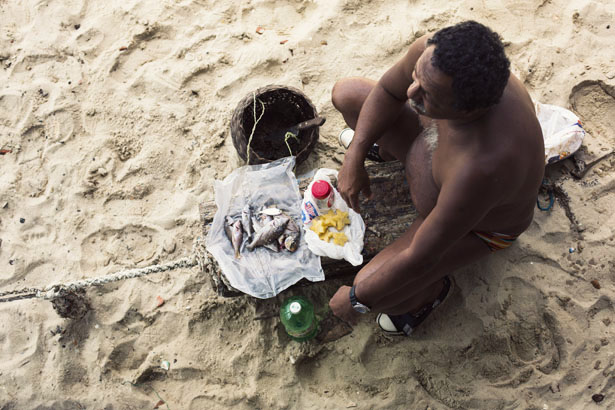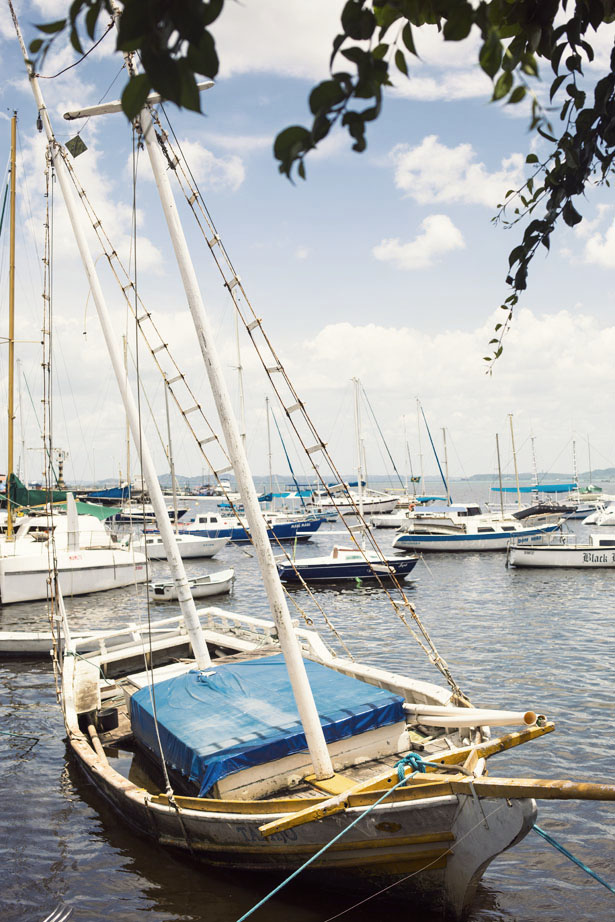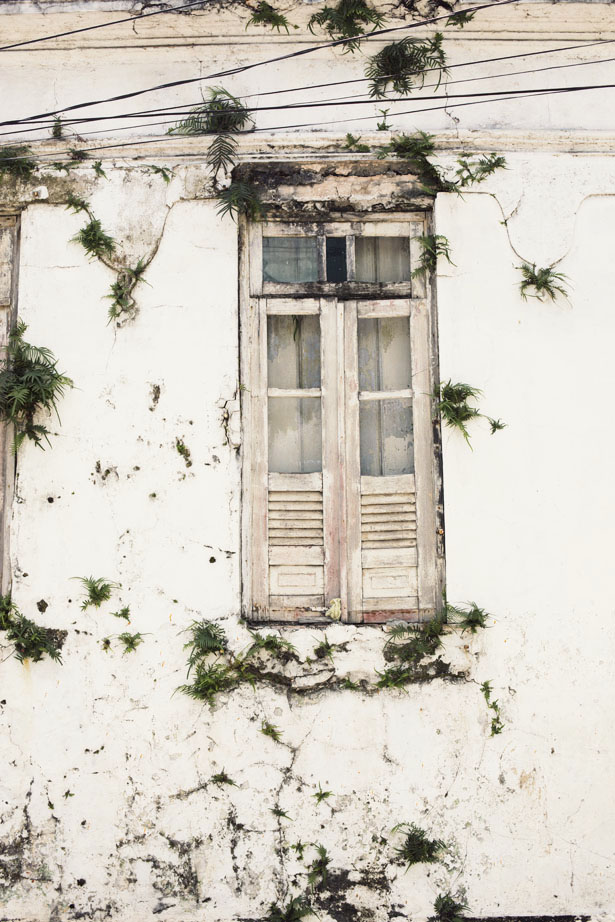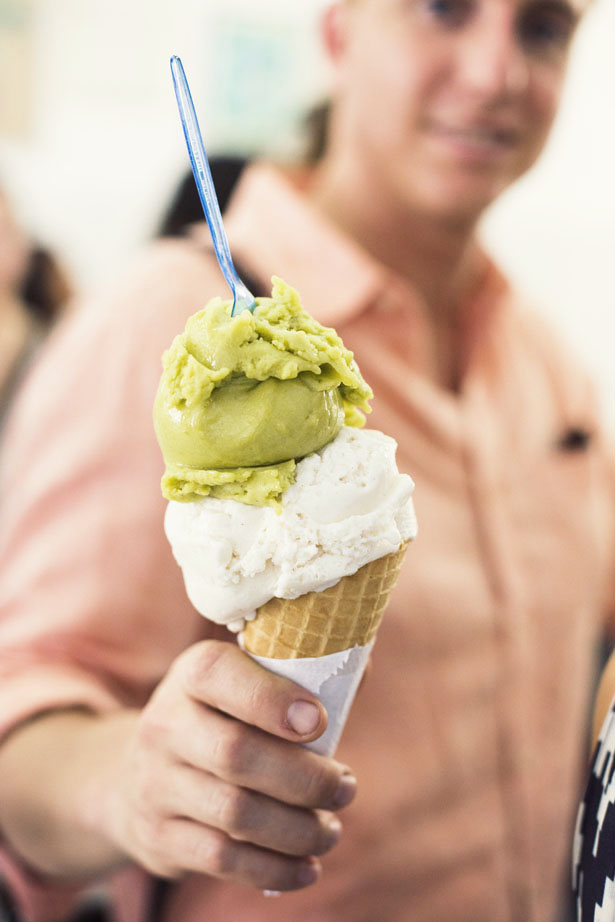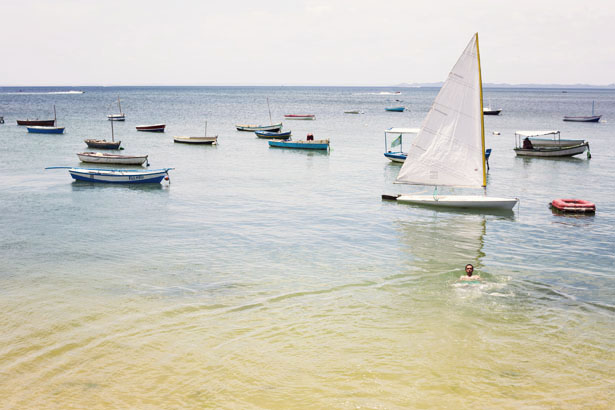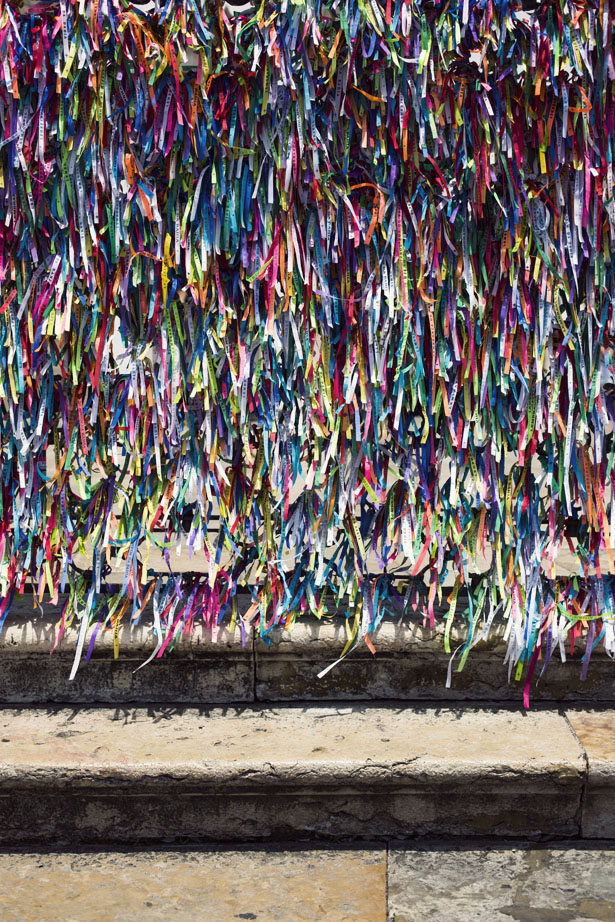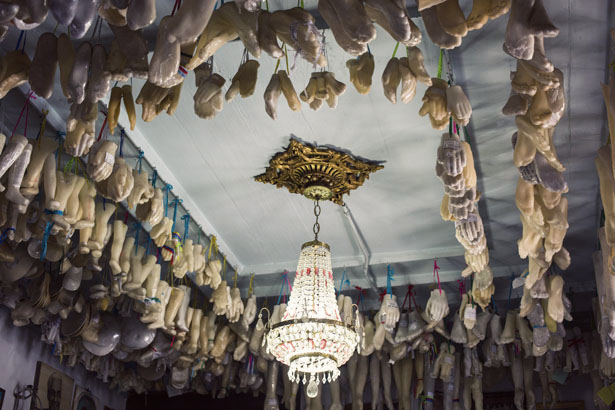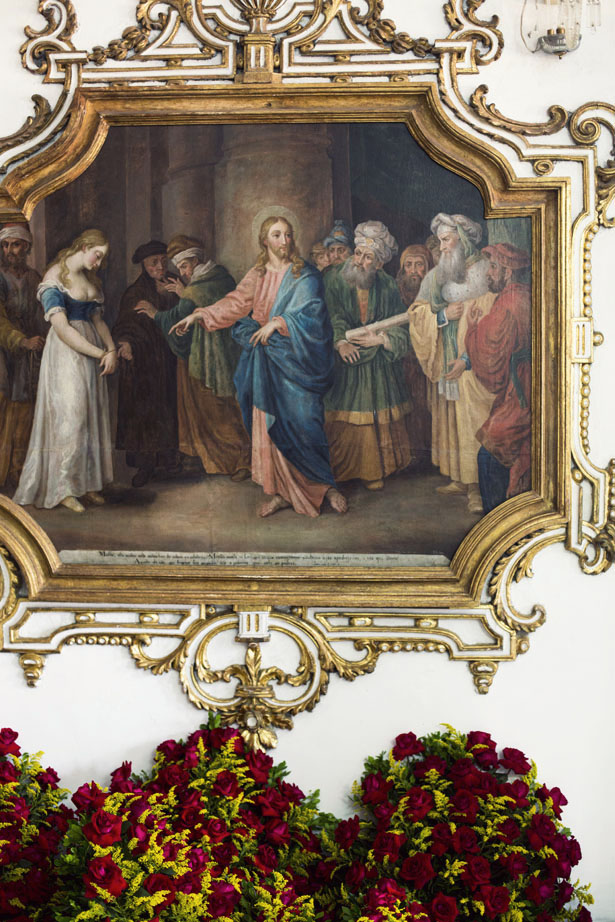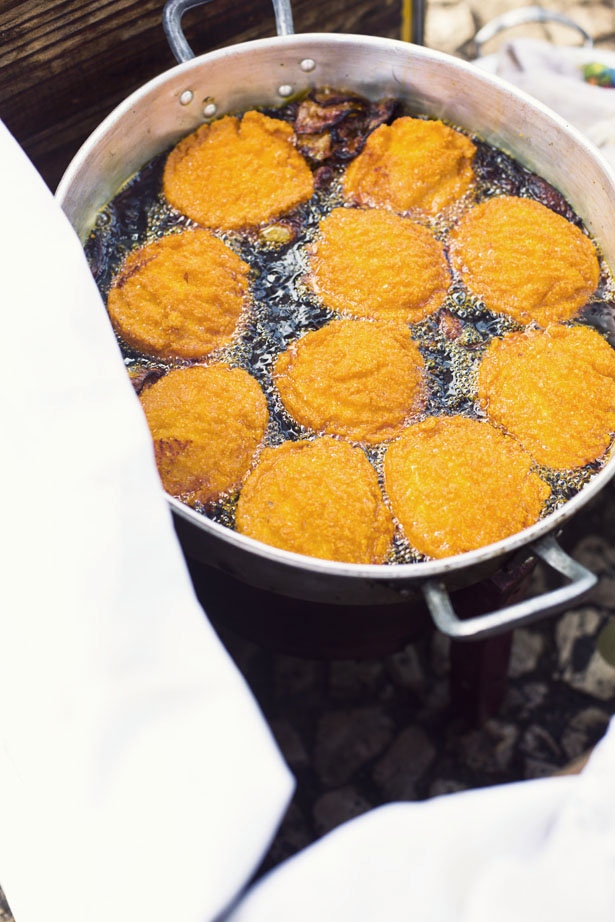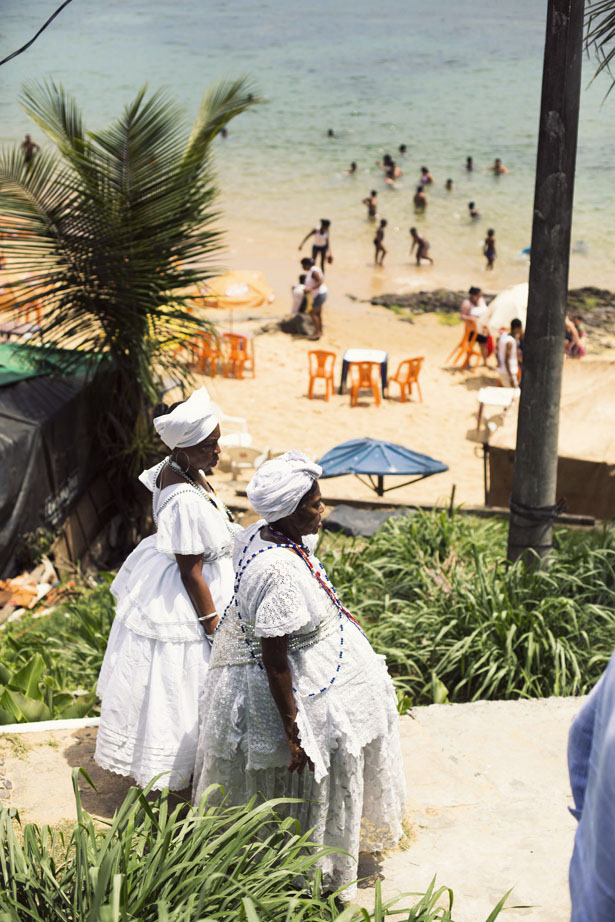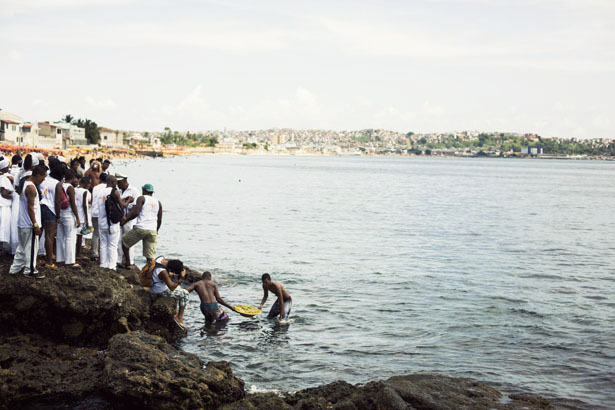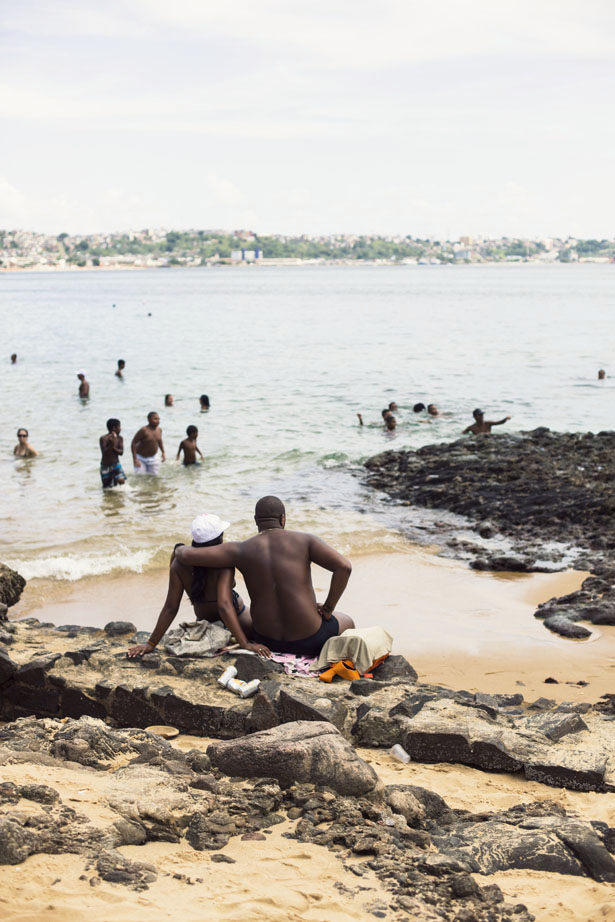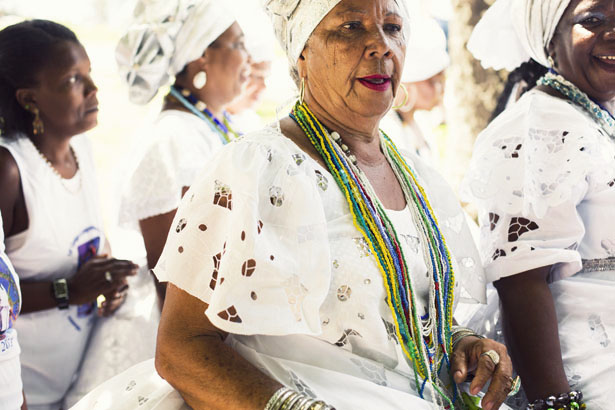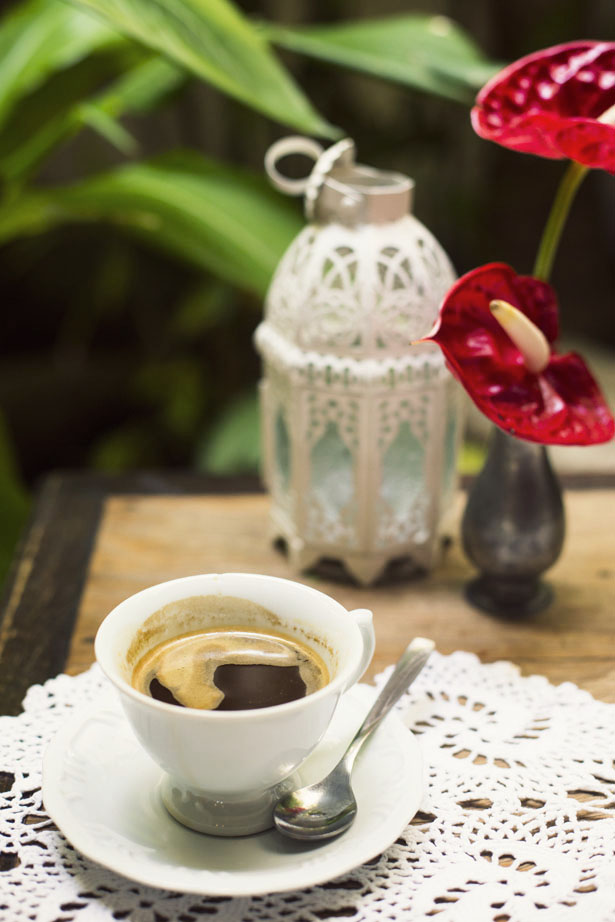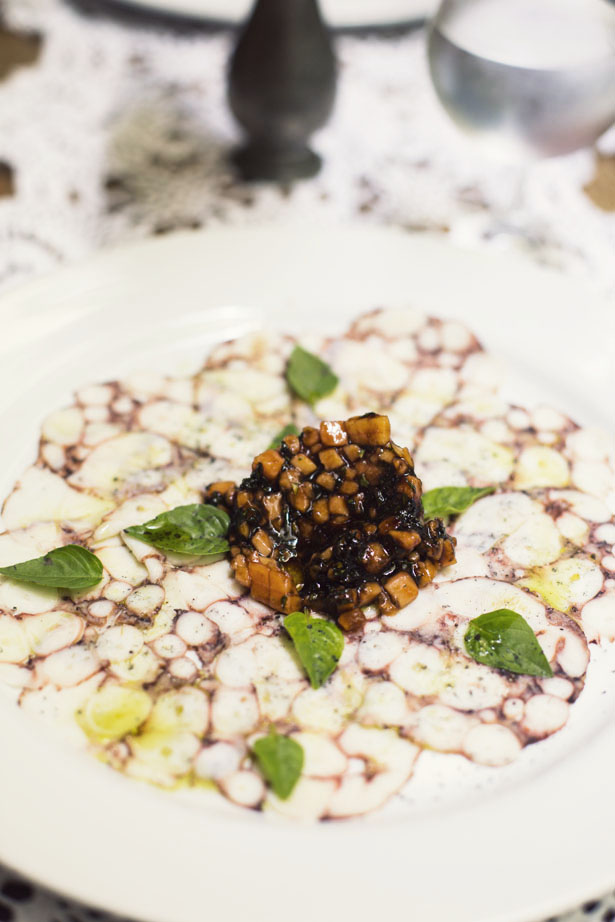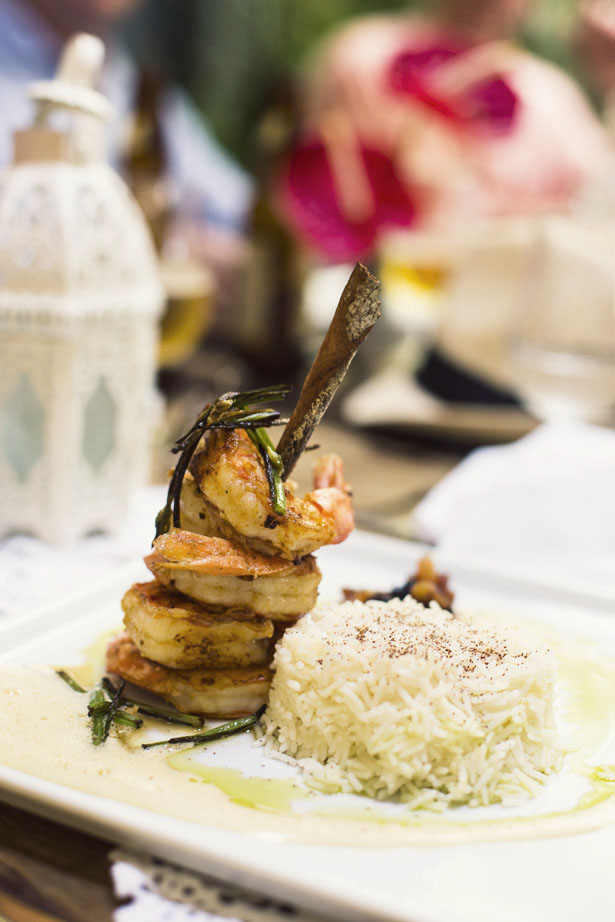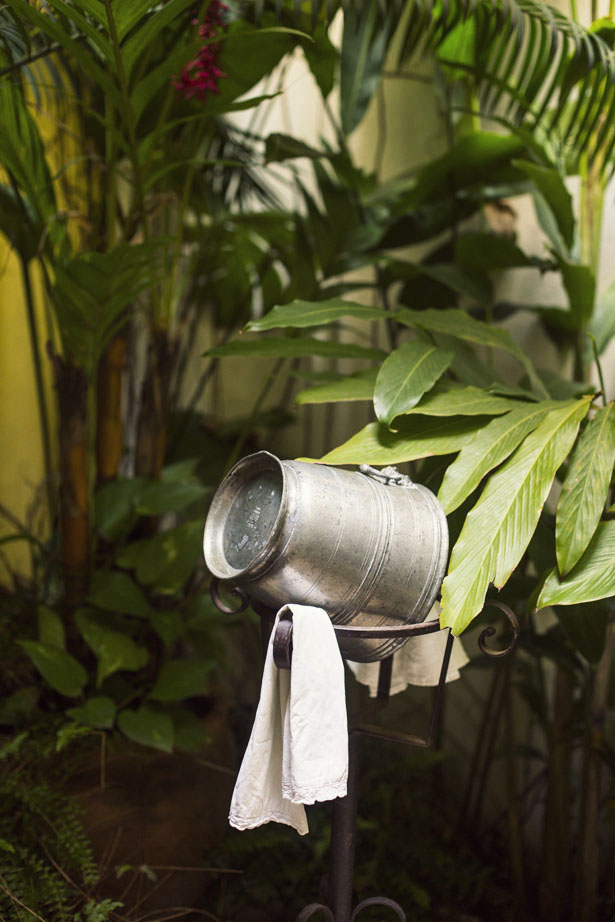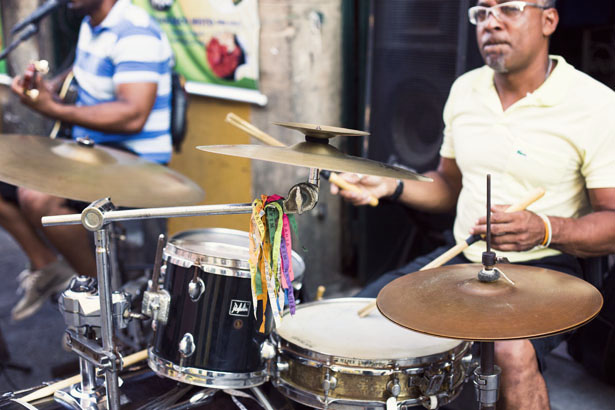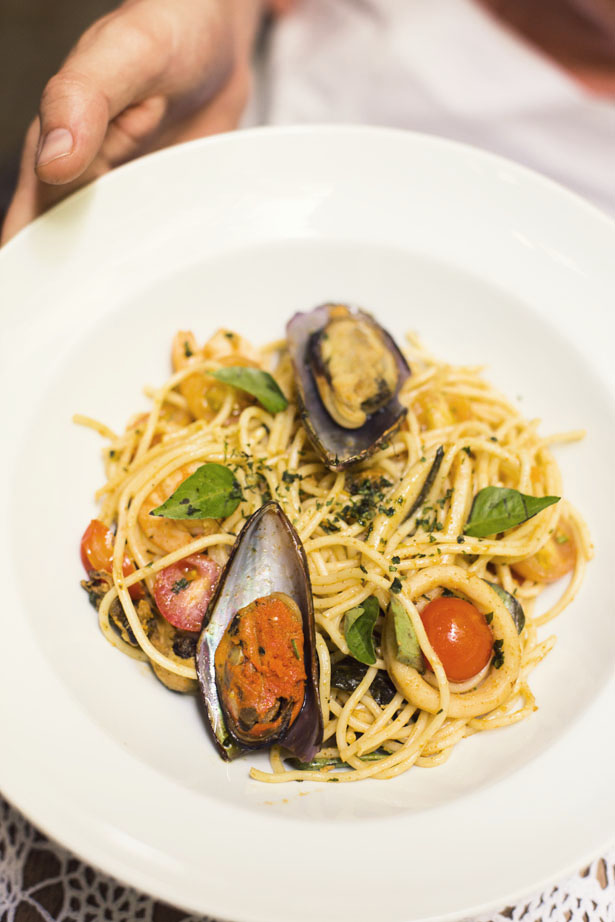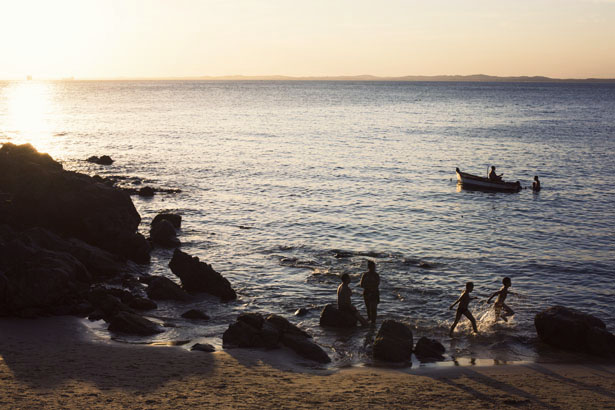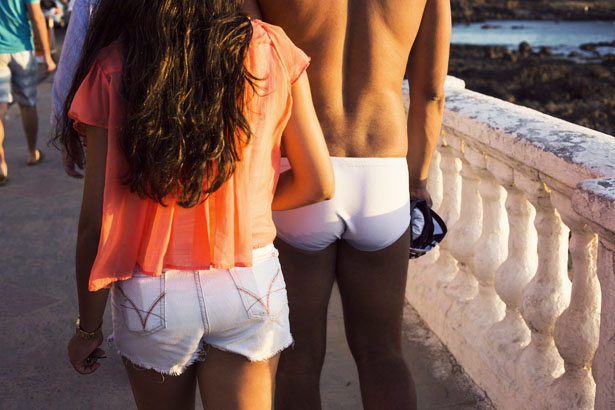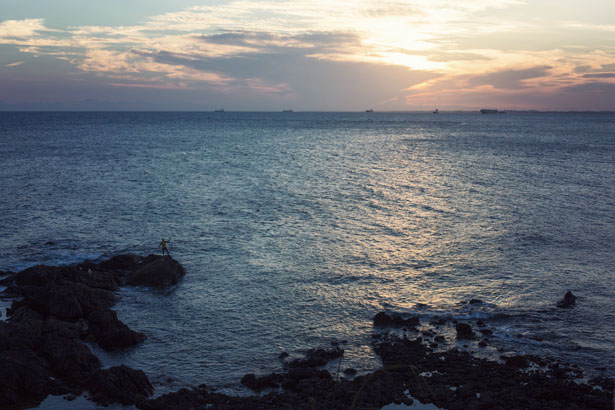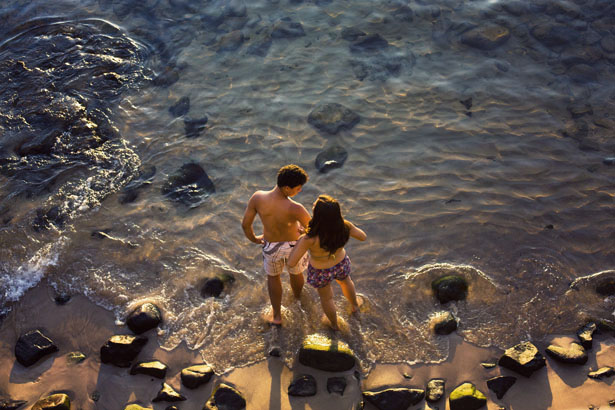 [W]e arrived into the port town of Salvador de Bahia on Friday, the day of Oxala which means God of Creation. I didn’t know much about this place, only that it would have a deep river of African history underneath a colonial Portuguese settled landscape. Over the few days I was lucky enough to spend in this culturally rich destination, I discovered a new and very deep love for what they call the Capital da Alegria, or Capital of Happiness.
[W]e arrived into the port town of Salvador de Bahia on Friday, the day of Oxala which means God of Creation. I didn’t know much about this place, only that it would have a deep river of African history underneath a colonial Portuguese settled landscape. Over the few days I was lucky enough to spend in this culturally rich destination, I discovered a new and very deep love for what they call the Capital da Alegria, or Capital of Happiness.
As we rode in the car to the historic area our hotel lived in, our amazing guide Conor O’Sullivan tells us how an Irish man ended up in the most African American city in the world outside the motherland. He took a 10 month backpacking trip through South America, found himself on a beach in Bahia and that was it. When he moved here in the early 80s he had $600 in his pocket and a return ticket to London that never got used. That is a pretty great first impression.
I think a comment on my Instagram that best describes this destination is a tropical Portugal. We strolled for the entire afternoon climbing up and down narrow cobbled streets where rows of houses are brightly painted in a sorbet of colors. Grand Baroque churches on every other corner. Each block a new sound of music, music flows here like the subways at rush hour. Drums, guitars, African instruments, music for the soul not for the name. Men sitting outside on the petite sidewalks playing dominos. They feel free, they feel happy, they don’t feel the bland taste yet of globalization. Maybe I didn’t know about Salvador da Bahia before because it’s better as a secret, a play for life and love.
Keeping cool on the streets of Bahia in a white cotton Tibi poplin top that loved to dance in the wind, J. Crew capris, and Of a Kind D’Orsay flats
I loved this dog that kept following us around in her pearl necklace!
That first evening in a white Maiyet dress (they wear white on Fridays for the God of Creation) we wandered the cobblestone streets at night, each corner unveiling a new tradition of the locals. A parade passed by before we stepped inside Hotel Villa Bahia for one of the best meals of my life. It was a celebration for the goddess of the sea, which I came to find out is my very own spirit goddess, with percussion and dancing, singing and spontaneous fireworks behind a banner reading Mare Me Leva meaning “I go with the tide, I go with the flow“. Our server told us they do this every night and my heart lifted by this jubilant expression. The next afternoon as we walked up to the historic fort to look at the view and learn more about the beginnings of this city where the first Europeans landed in South America, we happened upon another offering to the gods, a parade to the sea with a basket of produce. Everyone in white, music moving along the route and then the crescendo – one man swims the sacrifice out to sea before a rapture of applause. Over dinner, drunk on love for this corner of the world, Conor tells us “You do not have enough time to waste on bad books and bad wine.“
The local cuisine is very specific to this region. A mix of African, Portuguese and Brazilian, most famously their dish of choice is the Moqueca, a type of fish stew served with a porridge or roux type mixture, white rice and farofa flour. Always a beautiful bright yellow with pops of spicy red chilies, something we discovered endless varieties of a the market that morning, served bubbling hot in a large black metal bowl. It was fantastic. There were also other wonderful dishes of fresh coconut encrusted fish over black rice and a sea bass cevhice that was so unbelievably delicious we ordered a 2nd one. Even the cocktails were in their own style, among my favorite was a cashew fruit we had at Casa de Tereza, a colorful restaurant in the bohemian neighborhood of the new city with walls covered in works by local artists.
Above, a local woman sprinkles aromatics around a buffet table for an event that evening. Not only does it release a beautiful scent and looks magical but each plant used represents a specific purpose. For example, they sprinkle sea salt on the floor to ward off negative energy.
Under the shadow of the lighthouse we watched another epic sunset, sitting on the grassy knoll with locals playing guitar and singing together, clapping for the end of another day. Another sun that has come and gone in the currents of life. We drank beers into the early night at the jazz festival at the Solar do Unhao which is their modern art museum and a place that was once a sugar plantation. On nights like tonight the locals relax to the a mix sound of jazz with an African undercurrent all while working the “Paquerar” which means meaning flirting with intent.
Exploring Feira de São Joaquim (Fair of San Joaquin) market in the lower city in See by Cholé dress and Stuart Weitzman sandals.
For me, the most interesting thing was the Salvadorian spirituality of Yoruba with gods and goddess each with important representation and meaning. In this culture you have your one true spirit goddess and among these figures mine was Yemanja or goddess of the sea.
Where we Slept: Pestana Convento Do Carmo
Where we ate: Hotel Villa Bahia Resturant (AMAZING) / Casa de Tereza / Sorveteria Da Ribeira (YUM)
For Fun: Bale Folclorico da Bahia
Our guide to the city: Tatur Turismo
Airfare provided by TAM Airlines for #OnlyInSouthAmerica



